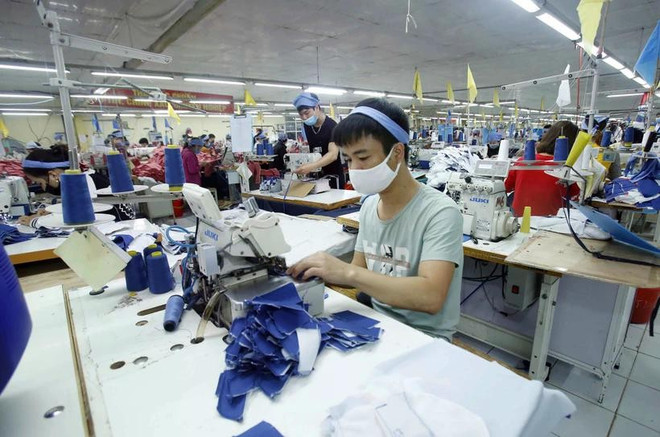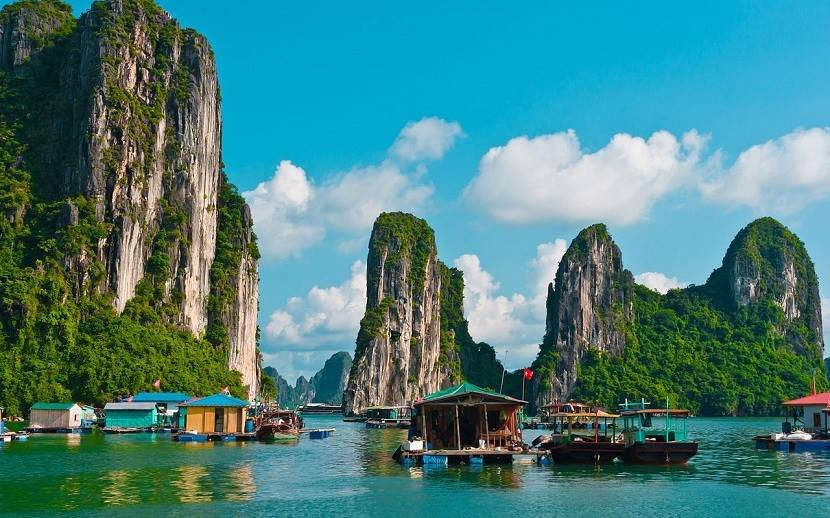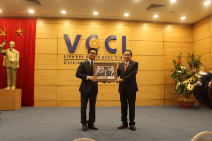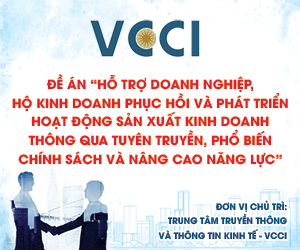More garment cooperation opportunities for Vietnam, India amid global shifts: official
Vietnam is the world's third-largest textile and garment exporter, with an export value reaching 44 billion USD in 2024, while India is a leading supplier of raw materials, particularly cotton and cotton yarn.

Meanwhile, Vietnam currently relies on China for 65% of its textile input materials. Therefore, increasing cotton and yarn imports from India will not only help diversify supply sources but also reduce material costs by 22–27% thanks to tax incentives under the ASEAN-India Free Trade Agreement (AIFTA).

To promote bilateral textile and garment cooperation, Thuong proposed the two countries establish a joint investment fund worth 500 million USD to build spinning mills in southern India and northern Vietnam, along with smart fabric research centres in Ho Chi Minh City and Bangalore (India).
It is necessary to sign a bilateral preferential tax agreement to help businesses in both countries reduce import-export costs and enhance competitiveness, and set up a Vietnam-India textile innovation fund to support joint research projects on green technologies, technical textiles, and recycled materials.
India currently has a high demand for premium polyester fabric, estimated at around 1.2 billion USD per year, while Vietnam can import shuttleless looms from India, which are 30–40% cheaper than those imported from Europe, he said, adding that making the most of technological strengths and complementary market demands will help establish efficient two-way supply chains.
The new reciprocal tariff policy introduced by the US will increase export costs for textile and garment products from both Vietnam and India. This situation requires the two countries to swiftly adapt by implementing regional cooperation strategies to mitigate risks from traditional markets and expand into FTA markets such as the EU, Japan, and the Republic of Korea, Thuong said./.








